Natural Cat Food: 5 Surprising Facts Every Owner Should Know
As a concerned cat owner, you want the best for your pet. This includes a diet that supports their health and well-being. Understanding what makes nutritious cat food is key.
The choices can be overwhelming. You may want to consider commercial kibble or premium, natural alternatives. However, thoughtful decisions regarding your cat’s nutrition significantly impact their overall well-being.
This piece will reveal five unexpected insights about natural cat food. It aims to help you better understand feline nutrition. This way, you can make choices that improve your pet’s health.
Table of Contents
What Makes Cat Food “Natural”?
As a cat owner, you might see many cat food products labeled as “natural.” But what does this mean? The term “natural” is popular in the pet food world. Many owners think it means the food is of high quality or good for their cat’s health.
Definition and Standards of Natural Cat Food
Natural cat food originates from wholesome ingredients, free from synthetic additives or preservatives. But, there’s no one standard for “natural” cat food. Different makers might use organic ingredients or avoid certain artificial parts.
Regulatory Guidelines and Limitations
The AAFCO and the FDA watch over natural cat food. AAFCO sets rules for pet food labels, including “natural.” The FDA checks the safety of ingredients. But the rules are not strict, allowing makers to define “natural” in their own way.
This means natural cat food can vary a lot. Understanding this enables you to make superior decisions for your feline. You can select a product that aligns with your expectations and your cat’s requirements.
The Evolution of Natural Cat Food in the Pet Industry
The pet industry has seen big changes in natural cat food. This is because cat owners now know more about what their pets need to eat. As a result, many natural and holistic cat food products have come to the market.
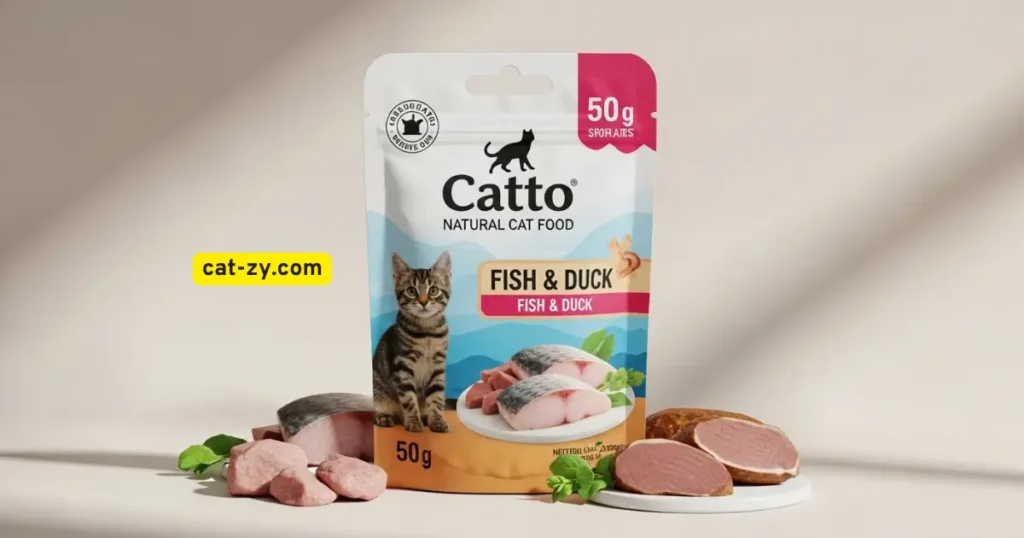
How Consumer Demand Changed the Market
People wanting natural cat food have changed the pet industry a lot. Companies have had to make their products better by removing artificial stuff. Now, there are many more natural cat food choices for cat owners.
Current Trends in Natural Pet Nutrition
Today, natural pet nutrition focuses on high-protein diets and grain-free formulations. There’s also a lot of interest in holistic cat food with new ingredients like insect proteins. As the market keeps growing, cat owners will find even more healthy and creative natural cat food options.
Surprising Fact #1: Most Natural Cat Food Contains Processed Ingredients
Many natural cat foods have processed ingredients. The term “natural” suggests quality and little processing. But the truth can differ.
What “Minimally Processed” Really Means
“Minimally processed” cat food means it keeps more natural nutrients. But some processing is always done.
Hidden Processing Techniques in Natural Products
Natural cat foods use hidden processing methods. Knowing these is key to choosing the right food for your cat.
Heat Processing Methods
Heat is used to kill bacteria and extend shelf life in cat food. But it can also reduce nutritional value.
Preservation Techniques
Preservation techniques keep cat food fresh and safe. Methods include freeze-drying, dehydrating, and natural preservatives. Each has its benefits and drawbacks.
When picking natural cat food, think about these methods. They affect your cat’s health and nutrition. Knowing the production process helps you make better choices.
Surprising Fact #2: Grain-Free Doesn’t Always Mean Healthier
Grain-free cat food is popular, but its health benefits are not clear. Grains play a complex role in cat diets. Knowing their impact is key to choosing the right food for your cat.
The Truth About Grains in Feline Diets
Grains are a topic of debate in cat nutrition. Cats are meat-eaters, but grains offer fiber, vitamins, and minerals. Yet, some cats may react badly to certain grains, causing digestive problems.
Grains can balance a cat’s diet, unless they have allergies. Complete grains such as brown rice and oats provide valuable nutrition. They can be good for cats without grain allergies.
FDA Concerns About Certain Grain-Free Formulations
The FDA has raised questions regarding grain-free formulations and cardiac conditions in felines. The exact cause is being studied, but some grain-free foods may increase heart disease risk.
This has made people rethink grain-free diets. It’s important to know the risks and benefits. Always talk to a vet to find the best diet for your cat.
When Grain-Free Is Actually Beneficial
Grain-free diets can help some cats, like those with allergies or digestive issues.
Cats with Specific Allergies
Cats with grain allergies do better on grain-free diets. This removes allergens. Symptoms include skin problems and digestive issues.
Digestive Sensitivities
Some cats react to certain grains, leading to digestive problems. A grain-free regimen may improve comfort for these felines.
In summary, grain-free cat food is good for some cats but not all. It’s important to know your cat’s needs and talk to a vet for the best diet.
Surprising Fact #3: Natural Cat Food Can Contain Synthetic Nutrients
Many cat owners are surprised to learn that natural cat food can have synthetic vitamins and minerals. The term “natural” might suggest only natural ingredients. But the truth is more complex.
Natural cat food makers often add synthetic nutrients. This is to make sure their products meet cats’ nutritional needs. Even with high-quality, natural ingredients, some nutrients might be missing.
Essential Synthetic Vitamins and Minerals in Natural Foods
Common synthetic vitamins and minerals in natural cat food include vitamin E, vitamin A, and taurine. These are key for your cat’s health. They help with vision, immune function, and heart health.
Why These Synthetic Additions Are Necessary
Synthetic nutrients are needed because natural ingredients can vary. The vitamin content in natural ingredients can change. This depends on the soil quality and processing methods.
Reading Labels to Identify Synthetic Ingredients
To spot synthetic ingredients in your cat’s food, read labels closely. Look for specific vitamin and mineral names. Some synthetic nutrients have different names. For example, “dl-alpha-tocopherol” is a synthetic vitamin E.
Knowing what to look for on labels helps you choose better for your cat. It ensures they get the nutrients they need.
The Benefits of High-Quality Natural Cat Food
Switching to high-quality natural cat food brings many benefits. It can make your cat healthier and happier. Choosing natural food with wholesome ingredients greatly improves your cat’s health.
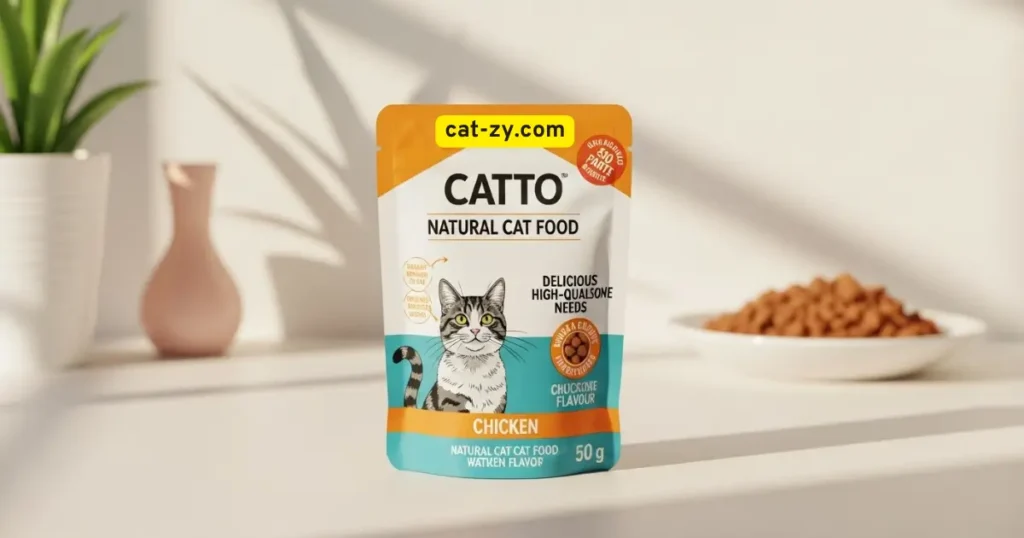
Improved Digestive Health and Reduced Allergies
One key benefit is improved digestive health. Natural cat food is easy to digest, cutting down on digestive problems. It also lowers allergy risks by avoiding common allergens in cheap foods.
Better Coat and Skin Condition
Natural nutrients in the food lead to a better coat and skin condition. Omega-3 fatty acids, vitamins, and minerals in natural cat food make skin healthy and coats shiny.
Potential Long-term Health Benefits
Feeding your cat high-quality natural food also has long-term health benefits. It can lower the risk of chronic diseases. A balanced diet supports health and can lead to a longer, healthier life for your cat.
Surprising Fact #4: The “Organic” Label Has Specific Requirements Different from “Natural”
Knowing the difference between “organic” and “natural” cat food is key. Both seem healthier, but they follow different rules. This is important for your cat’s diet.
Organic vs. Natural: Understanding the Critical Differences
The primary distinction lies in their production methods and ingredient composition. Natural cat food comes from nature, is lightly processed, and has no artificial stuff. However, “natural” lacks precise regulation, allowing for variation.
Organic cat food, on the other hand, uses ingredients grown without harmful chemicals. It follows strict USDA rules.
USDA Certification Standards for Organic Cat Food
To be called “organic,” cat food must meet USDA standards. It needs detailed records, regular checks, and separate organic and non-organic areas during production. The USDA certification indicates a minimum of 95% organic content.
Partially Organic Products: What to Look For
Some cat foods say they’re made with organic stuff or have a bit of organic ingredients. Look for the USDA Organic seal. Additionally, examine the ingredient list to determine organic content levels. This helps you choose based on what’s best for your cat.
Surprising Fact #5: Premium Price Doesn’t Always Mean Premium Nutrition
It might surprise you to know that high-cost cat food doesn’t always mean better nutrition. The pet food market is competitive, and marketing affects prices. As a cat owner, it’s key to look beyond the price and focus on what’s best for your cat’s diet.
Price vs. Quality Analysis of Popular Brands
Many premium cat food brands exist, each with its pricing. A closer look shows that some pricey options might not offer better nutrition than cheaper ones. For example, a study found that some affordable premium cat foods had better nutrition than pricier ones.
Marketing Tactics That Drive Up Costs
Marketing plays a big role in the cost of premium cat food. Things like attractive packaging, celebrity endorsements, and claims of “natural” or “holistic” ingredients can increase prices. However, these factors don’t guarantee superior nutrition for your feline. Understanding these strategies enables more informed decisions.
How to Evaluate Nutritional Value Regardless of Price
To judge a cat food’s nutritional value, look at the ingredient list and nutritional statements. Choose foods with high-quality protein sources as the first ingredients and make sure they meet your cat’s needs.
Ingredient Quality Indicators
While evaluating cat food, seek specific protein sources (such as chicken or salmon), complete grains, and a well-rounded blend of vitamins and minerals. Stay away from foods with vague ingredients or too many fillers.
Nutritional Adequacy Statements
Nutritional adequacy statements on labels show if the food is complete and balanced for your cat. Make sure the statement confirms the food meets AAFCO or NRC standards for your cat’s specific needs.
Understanding these points can help you choose better for your cat’s diet, focusing on nutrition over price.
How to Choose the Best Natural Cat Food for Your Pet
Selecting the appropriate natural cat food may appear challenging given the numerous available choices. But knowing a few key things can make it easier. The best natural cat food is more than just a brand. It’s about the ingredients, nutrition, and what your cat needs.
Decoding Cat Food Labels and Ingredient Lists
When decoding labels, look for clear ingredient lists. A good natural cat food will list its ingredients clearly. Avoid vague terms or fillers that don’t add value. Look for named protein sources like chicken or salmon as the first ingredient.
Also, know the regulatory guidelines for natural cat food. While “natural” is understood, the details can differ. Look for certifications that show the food meets natural standards.
Matching Food to Your Cat’s Life Stage and Health Needs
Kittens, adults, and seniors have different nutritional needs. Kittens need more protein and calories for growth. Seniors may need fewer calories and more joint support.
Think about your cat’s health needs, like food sensitivities or allergies. Choose a natural cat food that helps with these issues. Some cats do better on grain-free or limited ingredient diets.
Transitioning Your Cat to a New Natural Food
Transitioning cat food should be done slowly to avoid upset stomachs. A sudden change can cause problems.
Gradual Transition Schedule
Begin by mixing a little of the new food with their old food. Gradually increase the new food over 7-10 days. This helps their digestive system adjust.
Monitoring for Adverse Reactions
Watch for signs of an upset stomach, like vomiting or diarrhea, during the transition. Should you notice any problems, reduce the transition pace or consult your veterinarian.
By decoding labels, matching the food to your cat’s needs, and transitioning slowly, you can find the best natural cat food. This will improve your cat’s health and happiness.
Common Misconceptions About Natural Cat Food
The term “natural cat food” is often misunderstood. Many people have wrong ideas about what it means and its benefits. It’s important to know the truth about cat nutrition.
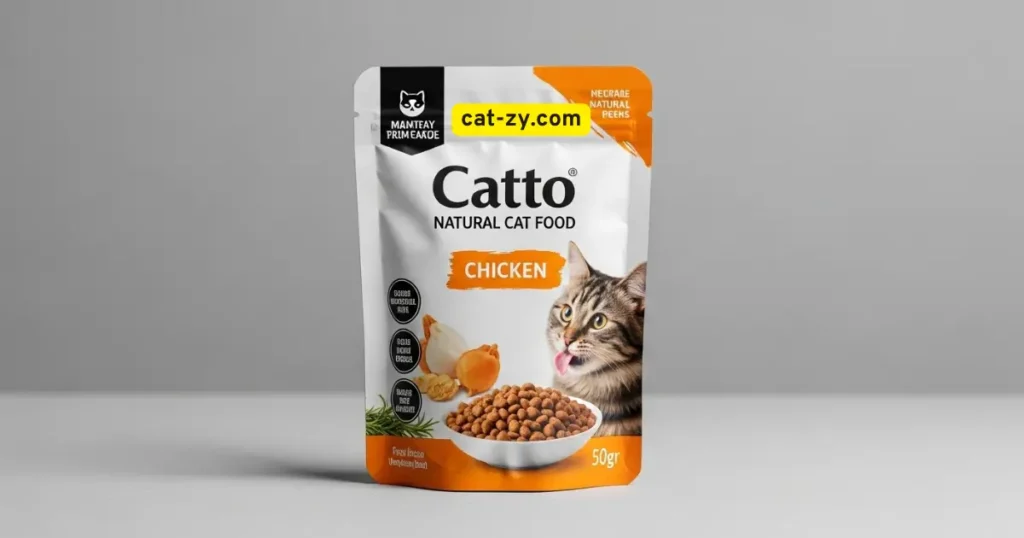
All Natural Foods Are Grain-Free
Many think natural cat food means no grains. But, natural cat food can have grains that are good for your cat. Remember, “natural” doesn’t always mean “grain-free.”
Natural Always Means Healthier
Natural cat food might be healthier, but “natural” doesn’t always mean the best. Always check the ingredients and nutrition facts, not just the label.
Raw Diets Are the Only Truly Natural Option
Certain individuals believe raw feeding represents the sole natural option. But raw diets can be risky because of bacteria. Think carefully before choosing.
All By-Products Are Harmful
Many fear “by-products,” but not all are bad. Some are nutritious and safe. Knowing where and how by-products come from is key.
Conclusion: Making Informed Decisions About Your Cat’s Diet
As a cat owner, it’s key to understand natural cat food. This knowledge helps you make better choices for your cat’s diet. The surprising facts in this article show why you should look beyond labels and marketing.
Understanding the distinction between “natural” and “organic” labels is crucial. You should also understand the role of processed ingredients and synthetic nutrients. This way, you can make better choices for your cat’s nutrition.
When picking a natural cat food, think about your cat’s age, health, and needs. Always read labels carefully. Be cautious of marketing tricks that might make food seem better without adding real value.
With the knowledge from this article, you can pick a top-notch natural cat food. This ensures your cat stays healthy and happy.
FAQ
How do natural cat food and organic cat food differ from each other?
Natural cat food comes from natural sources. Organic cat food, on the other hand, meets USDA standards. It avoids pesticides, fertilizers, and genetically modified organisms.
Are grain-free cat foods always a healthier option for my cat?
Grain-free foods might be good for some cats, but not all. Grains offer fiber, vitamins, and minerals. Consistently consult a veterinarian to determine the optimal diet for your feline.
How can I tell if a natural cat food is of high quality?
Seek identified protein sources such as chicken or salmon. Choose foods with whole fruits and veggies. Avoid fillers and by-products. Check the nutritional statements and the company’s reputation.
Can I switch my cat to a new natural cat food immediately?
No, you should transition your cat slowly. Begin by combining small amounts of the new formula with their current food. Gradually increase the new food over 7-10 days.
Are premium-priced cat foods always more nutritious?
Not always. Some premium foods are high-quality, but others are pricey for marketing. Always check the ingredients and nutritional content to ensure it’s right for your cat.
What are the benefits of feeding my cat holistic cat food?
Holistic cat food uses natural ingredients and avoids artificial preservatives. It focuses on whole foods. This can improve your cat’s health, digestion, and coat and skin.
How do I know if my cat is allergic to a particular ingredient in their natural cat food?
Watch for signs like itching, scratching, or digestive issues. If you think your cat has an allergy, talk to your vet. They can help find the problem ingredient and suggest a change.

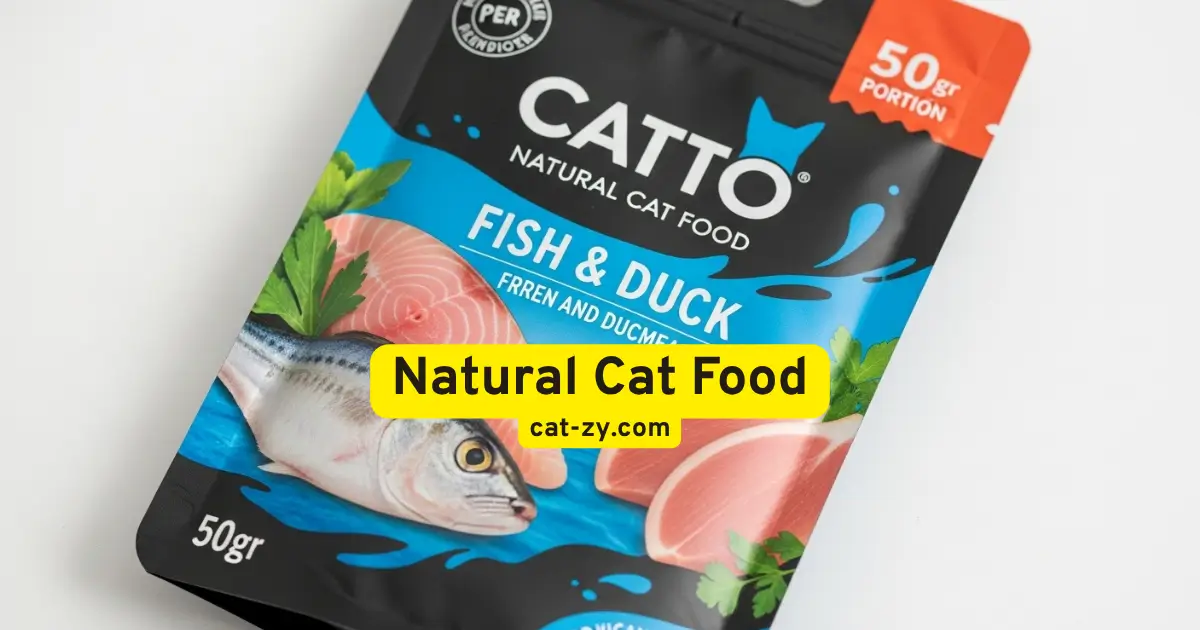
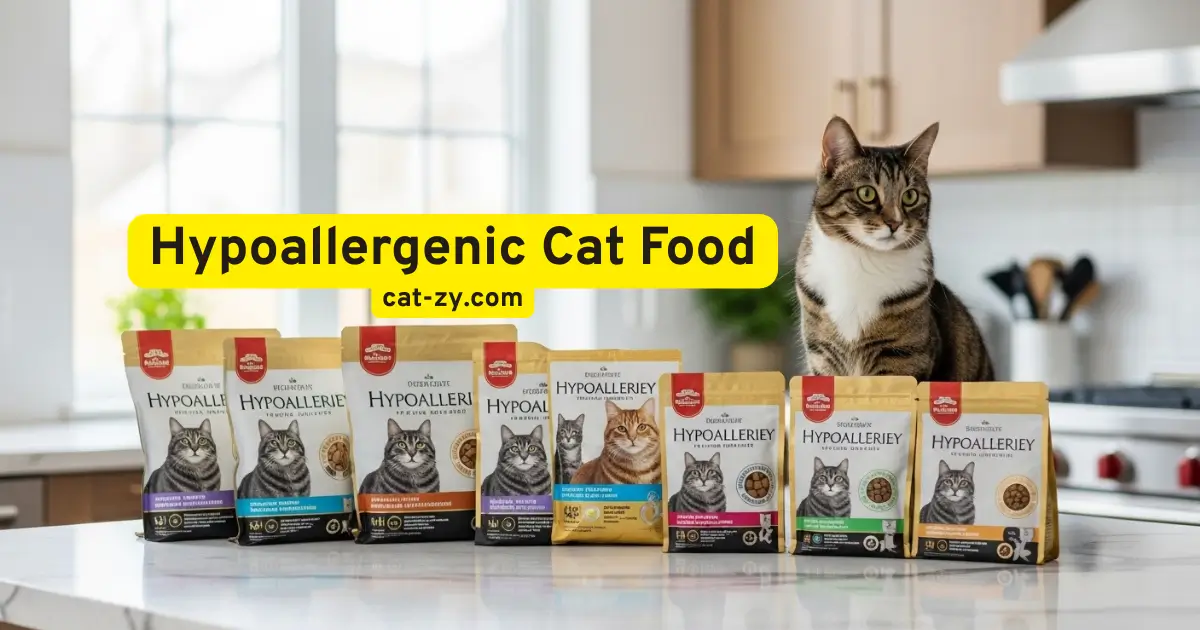
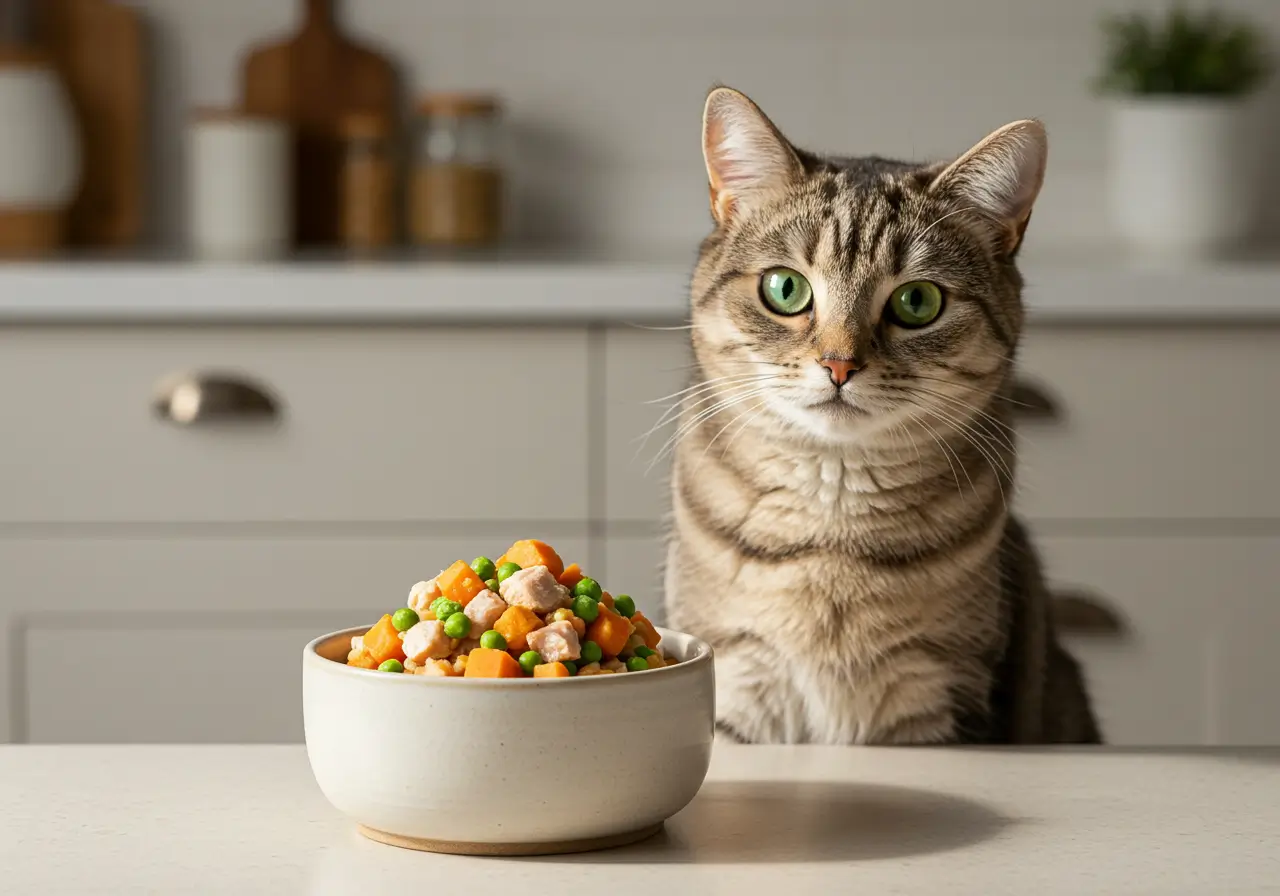
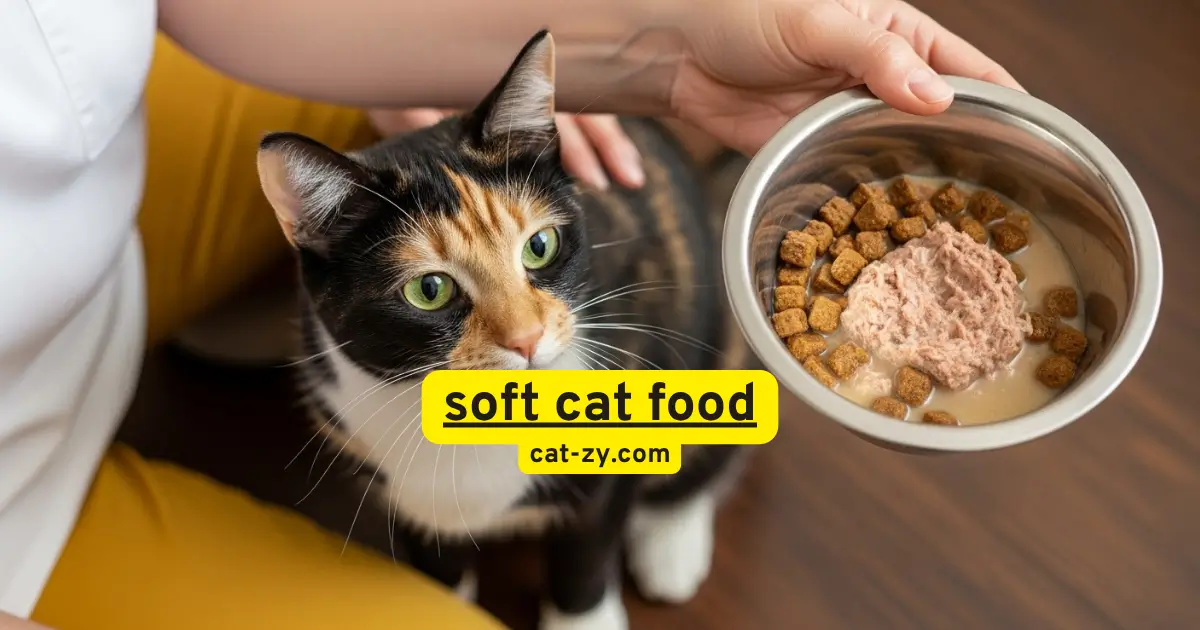
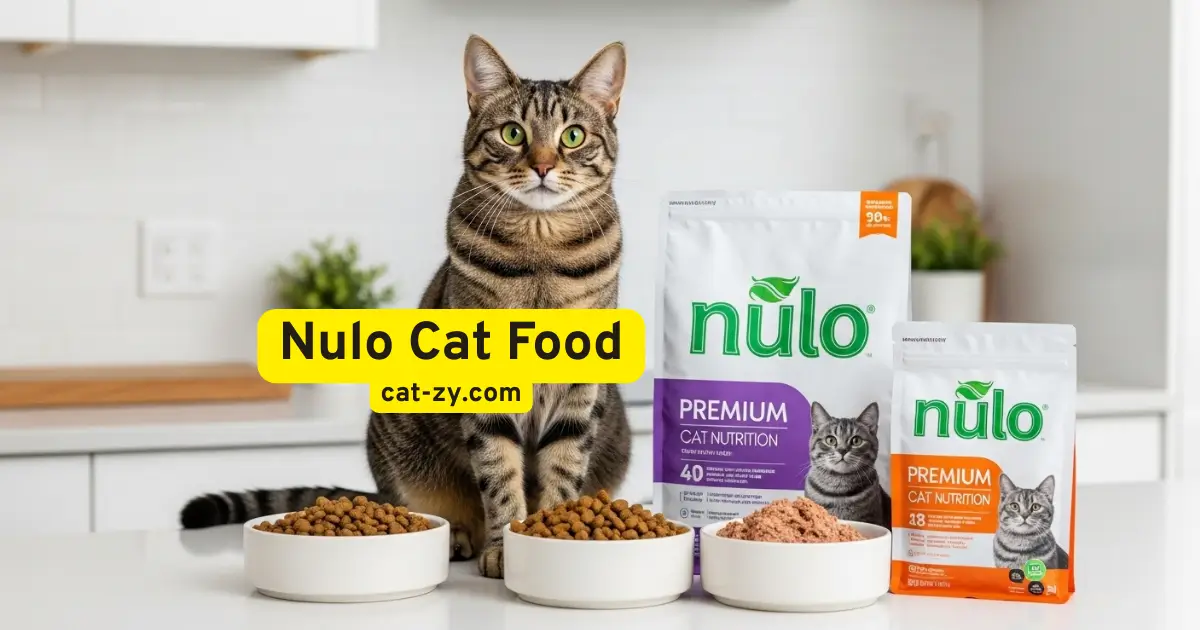
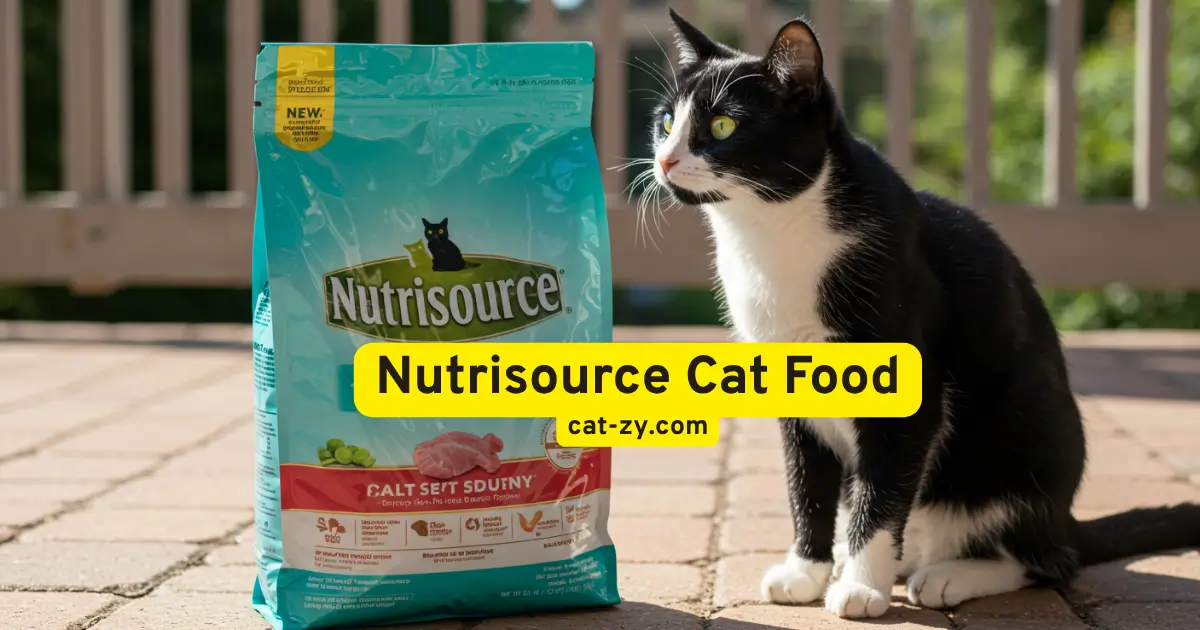
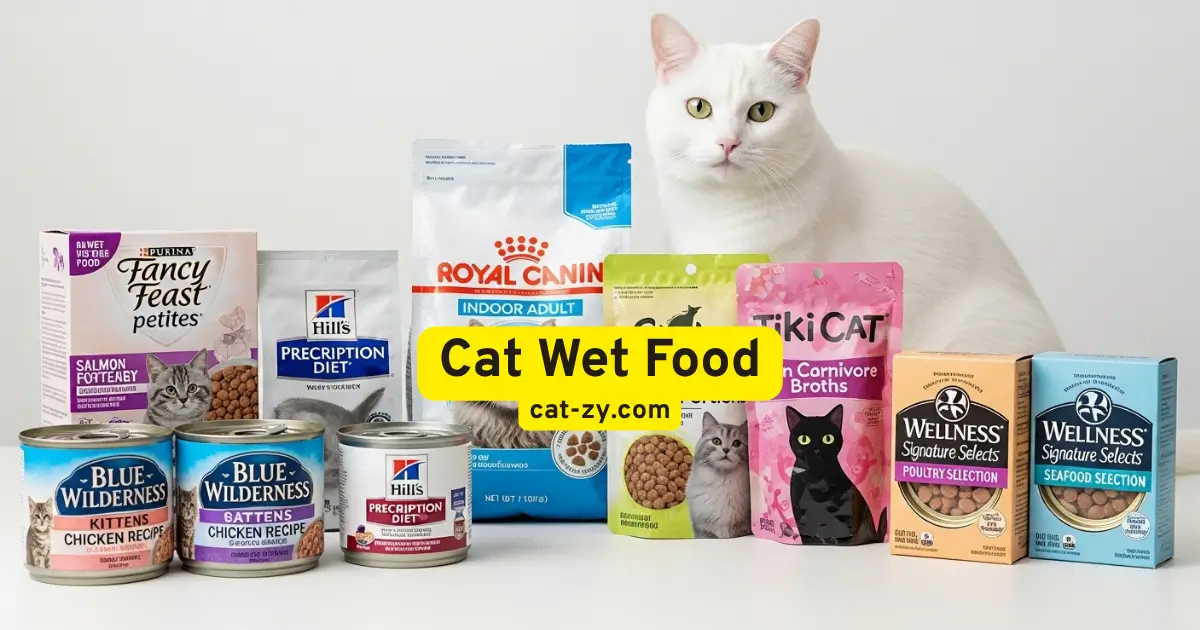
7 Comments
Comments are closed.